One of the most difficult materials to sew with is sta retchy fabric. Whether it’s for a dress, a pair of pants, or any other garment, sewing stretchy fabric can be tricky if you don’t have the right techniques and knowledge. There are special tools and techniques that will help you get the perfect fit and quality.
In this post, we will explore the top sewing stretchy fabric tips and techniques so that you can make sure your project turns out perfect every time. From thread selection and tension adjustments to understanding how to use an adjustable guide foot, read on to learn more about sewing with stretchy fabric!
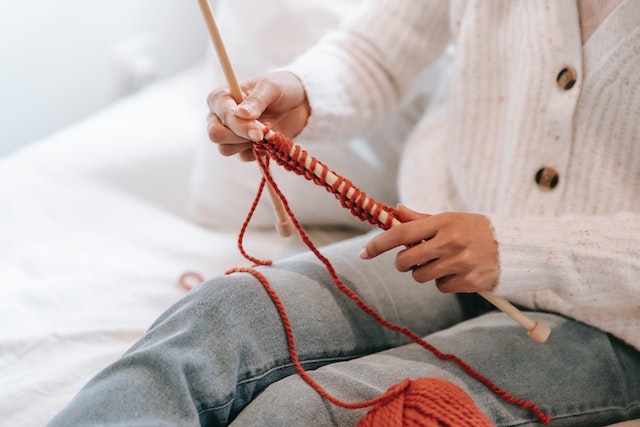
How To Sew Stretchy Fabric – A Beginner’s Guide
If you’re new to sewing with stretchy fabric, you might be feeling a little intimidated. But don’t worry! Sewing with stretchy fabric is actually pretty easy, and once you get the hang of it, you’ll be able to sew all sorts of different garments.
To start, you’ll need to choose the right type of needle for your sewing machine. A stretch needle is a good choice for most types of stretchy fabric. Once you’ve got the right needle, it’s time to start sewing!
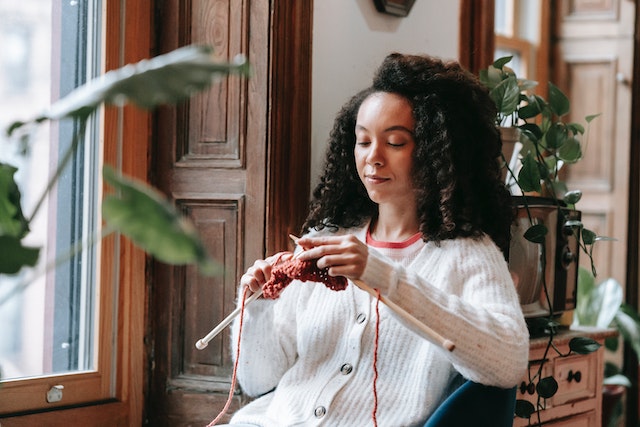
Top Sewing Stretchy Fabric Tips
Here are the top tips for sewing stretchy fabric
Choose the right needle
Different fabrics require different types of needles. When sewing with stretchy fabric, you need to use a needle that can penetrate the fabric without causing it to tear or fray. The best type of needle to use for sewing stretchy fabric is a ballpoint needle. Ballpoint needles have rounded tip that allows them to glide through the fabric without damaging it.
If you’re using a sewing machine, make sure to choose a needle size that is appropriate for the thickness of the fabric. A too-large needle will cause the fabric to bunch up, while a too-small needle will not be able to penetrate the fabric properly. Use a medium-weight thread with a ballpoint needle in size 75/11 or 80/12.
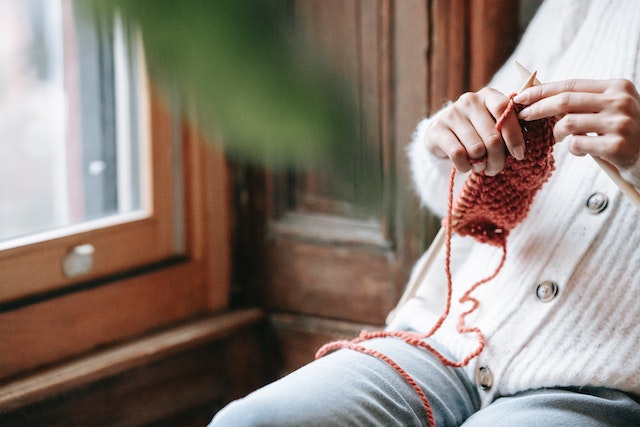
Use a walking or even feed
If you’re looking to sew something stretchy, there are a few things you should keep in mind. First, use a walking or even feed foot. This will help the fabric move through the machine more smoothly and prevent it from getting bunched up.
Second, select a needle size that’s appropriate for the thickness of the fabric. Third, use a straight stitch or a zigzag stitch; both will work well for stretchy fabrics. Fourth, take your time and don’t rush the sewing process. Stretchy fabrics can be tricky to sew, so it’s important to go slowly and be precise. By following these tips, you’ll be able to sew beautiful garments and projects out of stretchy fabrics!
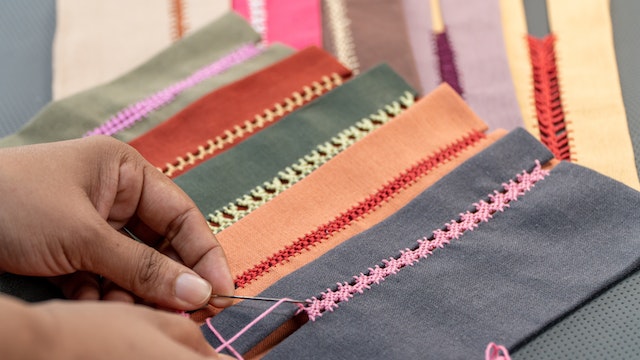
Correctly tension your threads
If you’re sewing with a knit or stretchy fabric, you’ll want to make sure your threads are correctly tensioned. If the threads are too loose, the stitches will be weak and may break; if the threads are too tight, the fabric won’t be able to stretch properly.
To get the tension just right, start by adjusting your machine’s dials until the needle is in the middle of its range. Then, take a few test stitches on a scrap piece of fabric to see how they look. If the stitches are too loose, turn the tension knob slightly to the right; if they’re too tight, turn it slightly to the left. Keep making small adjustments until you get it just right!
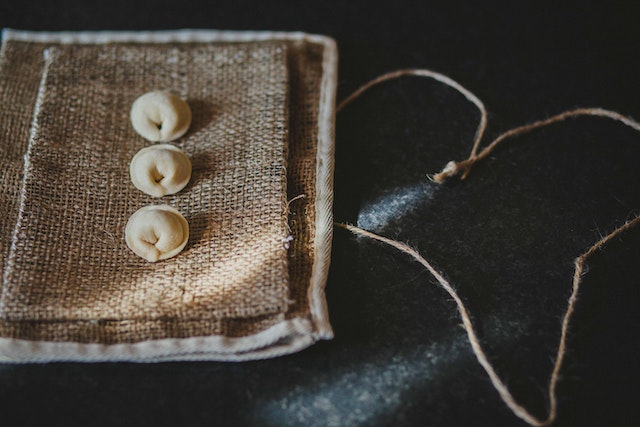
Do a test sew
If you’re unsure whether a fabric is suitable for your project, it’s always best to do a test sewing. This will help you determine whether the fabric is too stretchy, not stretchy enough, or just right.
To test sew a fabric, simply cut out a small swatch of the fabric and sew it together using a stitch that you plan to use for your project. Once you’ve sewn the swatch, try stretching it and see how much give it has.
If the fabric is too stretchy, it may not hold its shape well and may be difficult to work with. On the other hand, if the fabric isn’t stretchy enough, it may be difficult to get a good fit. The best fabrics for stretchy projects are those that have just the right amount of give.
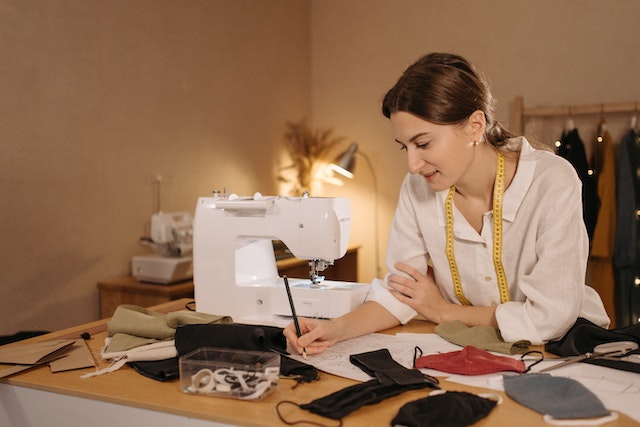
Consider the amount of stretch
If you’re looking to sew with stretchy fabric, there are a few things you need to take into consideration. First, think about the amount of stretch the fabric has. This will determine how difficult it is to work with and what kind of garment you can make.
If the fabric has a lot of stretches, it will be easier to sew but won’t hold its shape as well. This makes it better for garments that don’t need to fit snugly, like loose-fitting shirts or skirts. If the fabric doesn’t have much stretch, it will be more difficult to sew but will hold its shape better. This makes it better for garments that need to fit snugly, like leggings or form-fitting dresses.

Pre-treat your fabric
If you’re working with a particularly stretchy fabric, you may want to pre-treat it before cutting and sewing. This will help to stabilize the fabric and prevent it from stretching too much during the construction process.
One way to pre-treat your fabric is to soak it in a mixture of one part water to one part vinegar for about 30 minutes. This will slightly shrink the fabric and make it easier to work with.
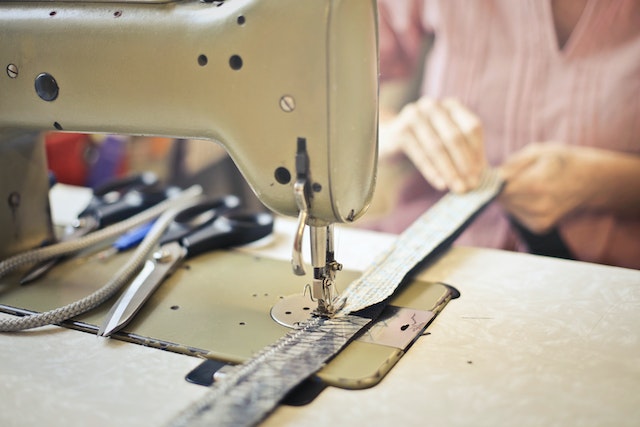
Be mindful of seam allowances
One of the most important things to keep in mind when sewing with stretchy fabric is seam allowance. Seam allowance is the amount of fabric between the edge of the fabric and the stitching line. Most patterns have a seam allowance of 1/2 inch (1.3 cm), but when sewing with stretchy fabric, it’s best to use a narrower seam allowance of 3/8 inch (1 cm) or less. This will help prevent the seams from stretching out over time and ruining your garment.
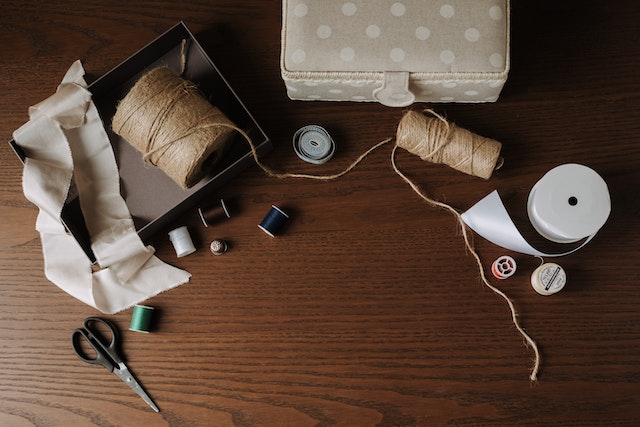
Use the right stitch
When it comes to sewing with stretchy fabric, the most important thing is to use the right stitch. A regular straight stitch will not hold up under the strain of stretchy fabric, and will eventually break. Instead, you should use a zigzag stitch or a stretch stitch. These stitches are designed to give with the fabric, rather than breaking when it is stretched.
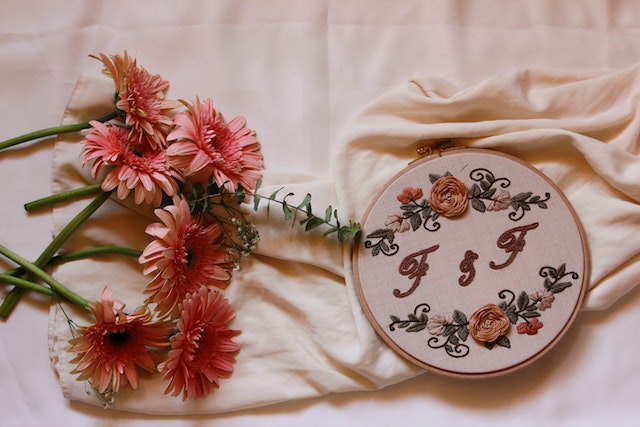
In addition to using the right type of stitch, you also need to pay attention to your seam allowances. When sewing with stretchy fabric, you should always use a smaller seam allowance than you would for non-stretchy fabric. This will help ensure that your seams don’t pop when the fabric is stretched.
Finally, it’s important to test your stitches before you start sewing your project. Sew a few practice stitches on a scrap piece of fabric, and then stretch the fabric to see how well the stitches hold up. This will help you fine-tune your settings so that you get perfect results on your finished project.
Don’t over-stretch the fabric
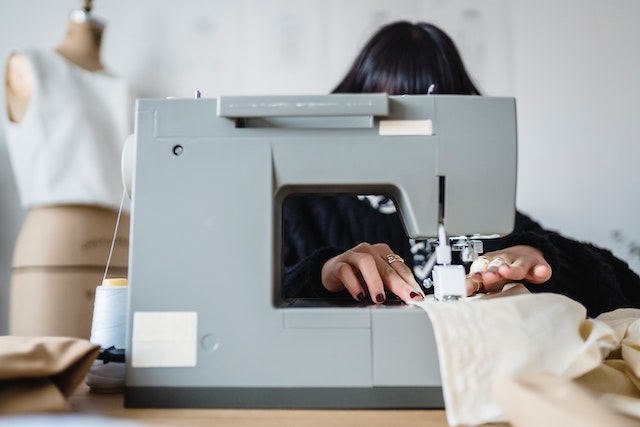
When sewing with stretchy fabric, it’s important not to over-stretch the fabric as you sew. This can cause the fabric to lose its shape and cause the seams to come undone. Instead, sew with a moderate amount of tension on the fabric, and be careful not to pull too hard as you sew.
Sewing Stretchy Fabric By Hand
Assuming you’re working with a basic sewing machine, you’ll want to use a stretch stitch or a narrow zigzag stitch. If your machine has one, use a walking foot to even out the feed and prevent the fabric from getting pulled down into the machine.
Start by pinning the fabric at the seams, then sew slowly and carefully, following your seam allowance. As you sew, try to keep the fabric as flat as possible to avoid any puckering. Once you’ve sewn the seam, finish it by serging or using a zigzag stitch.
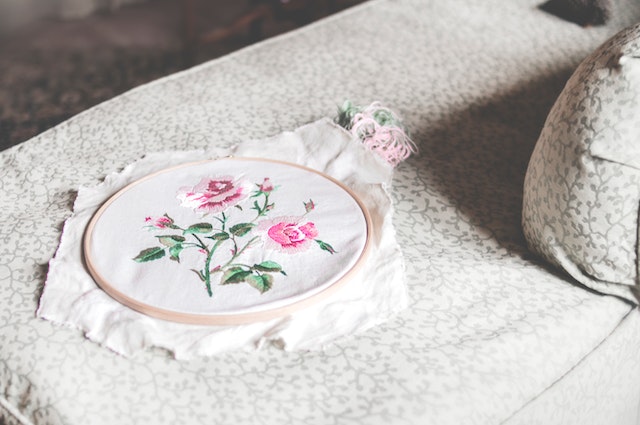
Now that you know how to sew stretchy fabric by hand, put your new skills to the test with some of these fun sewing projects:
-A knit top
-A pair of leggings
-A ruched dress
-A gathered skirt
What should be the tension for sewing stretchy fabric?
When sewing with stretchy fabric, it is important to use the correct tension. The tension should be tight enough that the stitches do not come undone, but not so tight that the fabric becomes distorted. The best way to achieve the correct tension is to experiment on a scrap piece of fabric before sewing the garment.

Conclusion
Sewing with stretchy fabric can be a daunting task for even an experienced sewer, but following these sewing stretchy fabric tips should make the process easier and more rewarding. With a little preparation and planning it is possible to create beautiful garments that look professional. Remember to use stabilizers when sewing, avoid over-stretching the fabric, and always test your tension before you begin stitching!
FAQs
Q: Is there a trick to sewing stretchy fabric?
There are a few things you can do to make sewing stretchy fabric a little easier. First, use a needle designed for stretch fabrics – these have a slightly different point that helps prevent the fabric from skipping or breaking. Second, use a walking foot if you have one – this helps feed the fabric through evenly and prevents it from getting caught or bunched up.
Finally, take your time – go slowly and be careful not to pull or stretch the fabric too much as you sew. With a little patience, you’ll be able to sew beautiful stretchy garments that will look great and feel comfortable to wear.
Q: What is the advantage of stretchable clothes?
There are many advantages to stretchable clothes. They are comfortable, and flattering, and can be easily adapted to different body shapes. Stretchable clothes are also great for people who are constantly on the go or who have an active lifestyle. They allow you to move freely and without restrictions. Additionally, stretchable clothes can help to reduce back pain, improve circulation and increase range of motion.
Q: How do you sew stretchy fabric without puckering?
Sewing stretchy fabric can be tricky, as it has a tendency to pucker when sewn. There are a few things you can do to prevent this from happening. First, use a stretch stitch or a zigzag stitch when sewing the fabric. This will allow the fabric to stretch without breaking the thread. ‘=
Second, use a walking foot if you have one. This will help feed the fabric evenly through the machine and prevent it from bunching up.
Finally, go slowly and be careful not to pull the fabric too tight as you sew. If you take your time and are careful, you should be able to sew stretchy fabric without any problems.

[…] you’re looking for tips on sewing with minky fabric, you’ve come to the right place! Minky fabric is a great material to work with, but it can be […]
[…] to take on? If so, jelly roll strips might just be your next favorite thing! These colorful pre-cut fabric strips are perfect for creating beautiful quilts, bags, and other sewing projects. However, working with […]